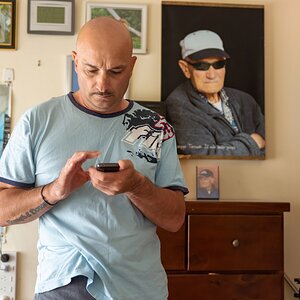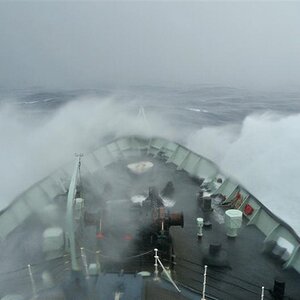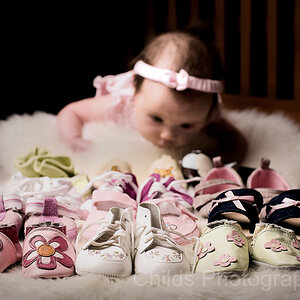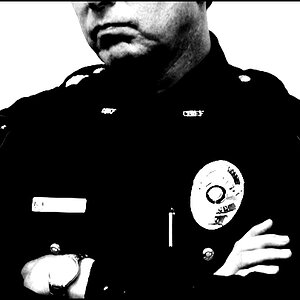Garbz
No longer a newbie, moving up!
- Joined
- Oct 26, 2003
- Messages
- 9,713
- Reaction score
- 203
- Location
- Brisbane, Australia
- Website
- www.auer.garbz.com
- Can others edit my Photos
- Photos NOT OK to edit
I've had a play with it before, and we even analysed the algorithm in one of our maths classes much to distaste of us students. It really is very good, but lacks support.
If browsers supported JPEG2000 there wouldn't be much of an issue. Much like the lack of support for colour profiles is holding me from uploading everything in AdobeRGB the algorithm is useless if it can't be viewed.
If browsers supported JPEG2000 there wouldn't be much of an issue. Much like the lack of support for colour profiles is holding me from uploading everything in AdobeRGB the algorithm is useless if it can't be viewed.




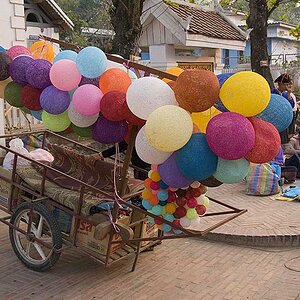
![[No title]](/data/xfmg/thumbnail/32/32699-3434a76363cb383404e00a3cd5ed5728.jpg?1619735601)



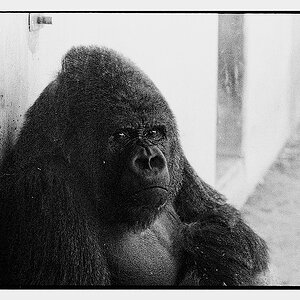

![[No title]](/data/xfmg/thumbnail/32/32701-51bacbc6ea9d40683123c14f053d4742.jpg?1619735603)
